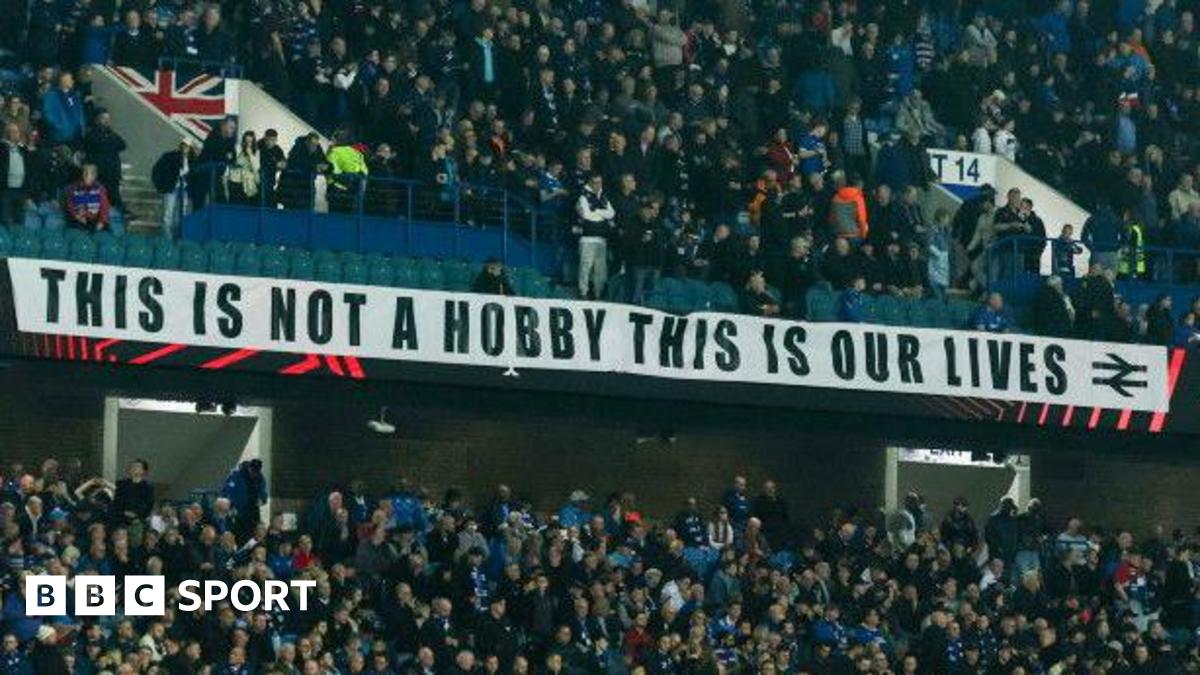New Rangers dawn as far away as ever in European Groundhog Day
May 30 was meant to be the day of a new beginning for Rangers.
New investment. New regime. New manager en route. A new outlook, all triggered by the arrival of a US-based consortium vowing to get the club “back to the top”.
Already the Trumpesque “Make Rangers Great Again” merchandise seen back then has been parked. The star-spangled banners in the Ibrox stands now replaced with statements of protest, accompanied by howls of dissatisfaction.
Five harrowing months on from when the group led by Andrew Cavenagh walked in the big door in the Bill Struth Stand, the feel-good has been has been banished amid interminable disappointment.
It’s been catastrophic so far. A new head coach, Russell Martin, has been and gone – smuggled away in the back of a car – after 123 days.
The process of appointing his replacement garnered ridicule as candidates were in and out like a managerial Hokey Cokey, all before Danny Rohl re-emerged to take charge after earlier withdrawing from the race.
Fans have been seen accosting board members in hotel lobbies and airports, while on the pitch the team languish 14 points off the Premiership summit as Europe continues to to be a traumatic experience.
The latest torturous episode came courtesy of a Roma team who played most of their 2-0 Europa League victory at Ibrox in second gear.
In truth, there was no real need to reach for a third against a Rangers team which was again complicit to stay anchored on zero points.
There have been flickers of improvement under German Rohl, who has won two of his first five games.
Some Rangers fans will be willing for a January window to come quickly, but is there any real faith that it will be their saving grace?
